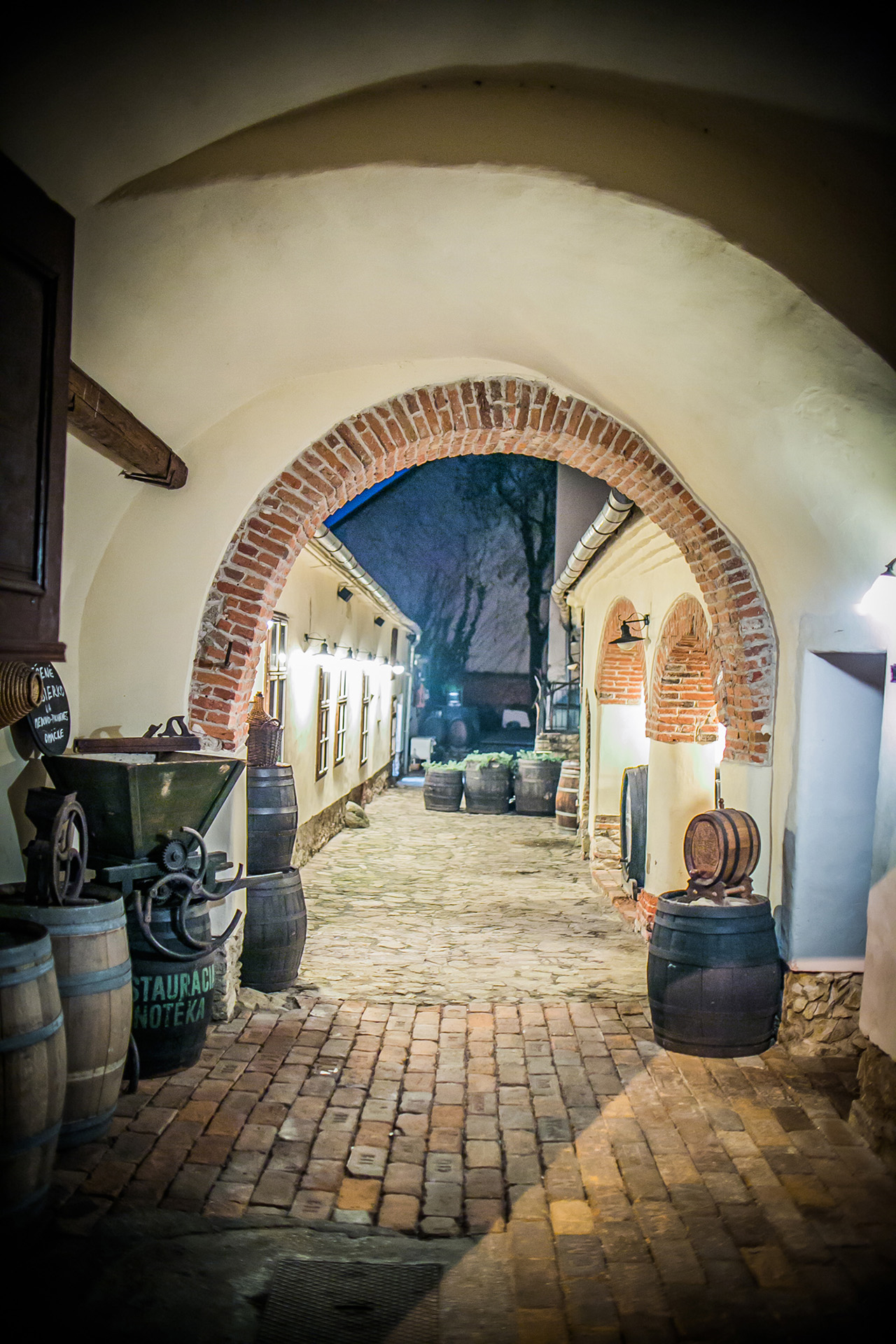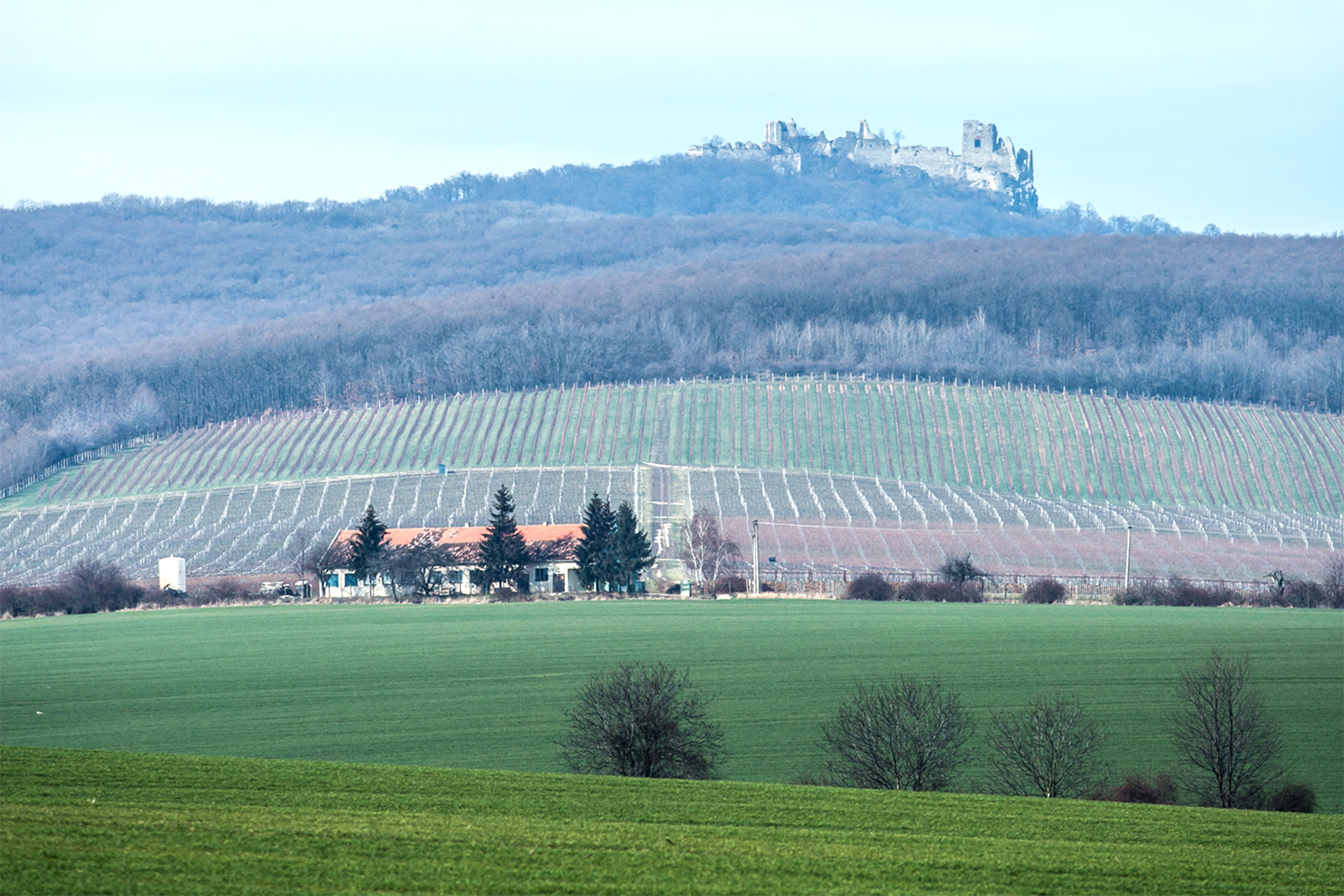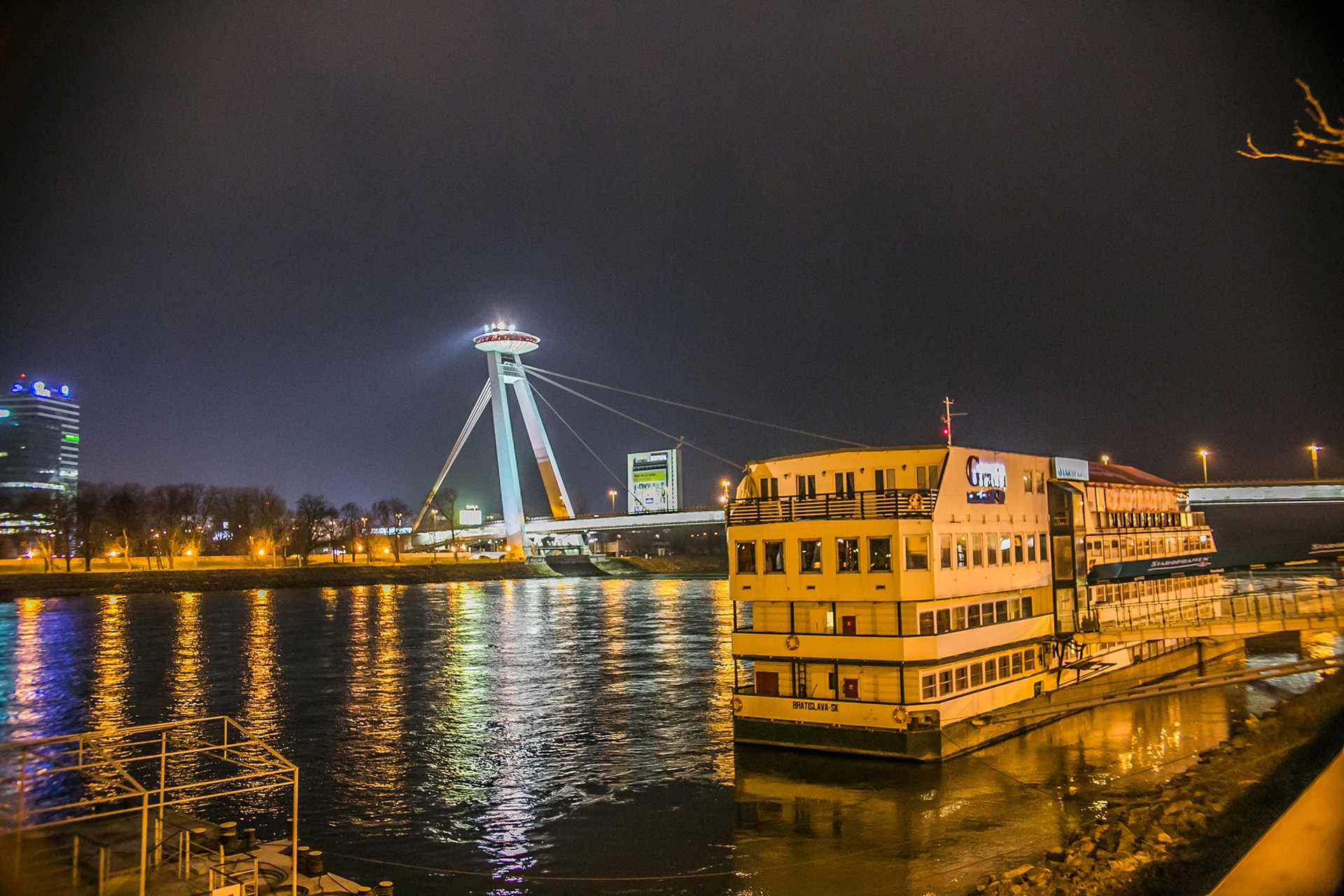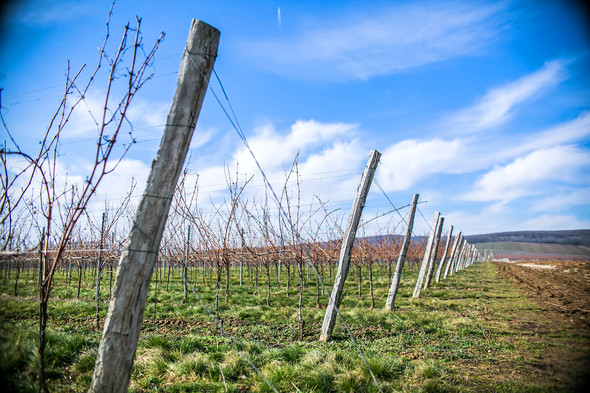What does the average wine consumer know about the wines of Slovakia? Does anyone even have a clue about the beginning of serious viticulture on the south-eastern side of the Small Carpathians, north of Bratislava? Or what about the rebirth of vineyards connected to the former baronial castles in the county of Nitra? Looking into these questions was the mission for our one-week trip.
After the redrawing of borders in the New Age, such corners of Central Europe emerged which are still the legacy of the cultural mix of the former Monarchy. One of these regions can best be described with the names of the three towns, the triangle of Sopron-Vienna-Bratislava, which includes three cities and several wine regions. The vineyards formed one wine region long ago; this was the famous Rust-Sopron-Bratislava wine region, which had a monograph written about it by Frigyes Limbacher and Károly Pósch in 1913. The wines of that time, including the wines of the Small Carpathians (where mostly German winemakers cultivated vines at that time), found their customers mainly in the Viennese markets. Nearly all the winemakers were Germans as the towns and county towns were founded by them or at least most of them lived there.
Malokarpatská
Probably just Hungarian tourists are surprised by how many beautiful settlements there are in the foothills of the mountains north-east of Bratislava. Already founded in the 12th century, Modra, Pezinok or Svaty Jur are all settlements famous for their wine production, which already existed in the early Middle Age; later in the 17th century all of them won the rights of free royal cities. Most of them had their heyday at that time, but they never regained their former importance after the Hungarian war of independence led by Rákóczi. Our adventures began in this area, and we set up camp in Modra, one reason being the beautiful mediaeval town centre, the other the most probably high concentration of winemakers producing high quality wines throughout the wine region. We were able to choose among various good places to stay in the centre, whereas the restaurants served not only Slovakian food, that we think of as traditional back in Hungary, but keep those who enjoy so-called fusion cuisine happy. It’s worth exploring around the surrounding hills, as some of the local winemakers have already begun classifying their vineyards, although they have only just begun to find their way. Here you can find the region’s biggest, ultra-modern winery as well as some less well-known artisan winemakers. For those who enjoy cultural experiences, we can recommend a lovely castle nearby, Hrad Červený Kameň, the former residence of the Pálffy family, considered to be one of the Small Carpathian castles still in the best condition.

Nitrianska
Leaving the Small Carpathians, we headed to Nitra. Mountains slowly changed into hills, and nearly all the villages in this region conceal a mansion, a stream or a vineyard. The town itself is a serious cultural and clerical centre; its name derives from the combination of the Indo-European nid (flow) and the Gothic ahwa (water). The Hungarian Prince Vazul (Basil) was imprisoned and blinded in the local castle and later the Hungarian king, Kálmán Könyves, founded an episcopate in the town. The Bishop of Nitra, Laszlo Mattyasovszky, ensured that the castle avoided the edict of the Habsburgs, aimed at destroying castles. It’s worth staying in the city for a few days even, as it is full of things to see. But for those who are interested in wine, it is not enough to just stay here as the wine producers of the Nitran wine region are spread through villages both near and far. Wineries here are usually bigger; you can also find here the only still successful farmer’s cooperative in Slovakia; and the country’s flagship winery, Chateau Topoľčianky can also be found here! A propos Topoľčianky! In the settlement lying in the valley of the river Žitava, there is a wonderful Classicist mansion, which was vacated permanently in 1918 by its last archducal owners, Archduke Joseph Habsburg and his family, later becoming the summer residence of the Czechoslovakian president, Masaryk, and nowadays functioning both as a museum and a hotel.

Bratislava
Pozsony in Hungarian or Pressburg in German, the coronation town of Hungary, now the capital of Slovakia. You can reach it in just ten minutes’ drive from the border along the banks of river Danube; it’s no exaggeration to say that nearly everybody is familiar with the sight of the castle and its famous bridge. The first Hungarian castle government was founded here, the German ships besieging the town were also sunk here by Zotmund, King Geza I of Hungary died here, Miklós Toldi served as a castellan here, while King Matthias founded the city’s university in 1467. It was the capital of Hungary from 1526, also serving as the seat of parliament, with the Holy Crown being guarded here, although later Germans gradually made up the majority of the population. This state of affairs lasted till the end of the First World War, when more than 80 percent of the population was German and Hungarian. Nowadays crowds fill the streets in the city centre and the buildings welcoming tourists are beautifully renovated. We also took a break in one of the cosy cafés and wine bars, popped into the Cathedral of St. Martin, the famous coronation church of Bratislava, just as we also walked up to the castle and let our legs swing over the banks of Danube. In the summer, you can take a boat trip lasting several hours to the castle of Devin, but if you just want to take a break or look around, the city is also the perfect choice for this.

Oenological panorama
Moving on from the previously mentioned sights and historical monuments, what can a visitor interested in wines count on? In the Malokarpatská wine region, you will see wine tourism, which could be called organised - wine shops, tasting events, both modern and conventional family wineries, Grüner Veltliners and Rieslings with lively acidity, lovely Blaufränkisch, Welschriesling and Portugieser wines. Winemakers are probably more self-aware here, as Czech and Austrian tourists often visit this area. As well as this, we couldn’t see any trace of national conflicts, what’s more, we came across a military certificate hung framed on the wall, yet which was written in Hungarian belonging to the great-grandfather of the oenologist, and he, although he couldn’t understand even a word, was still proud of it. Nearly six thousand hectares of vines thrive here, while we can still see the sad face of Central Eastern European in the higher, terraced vineyards left to lie fallow and go wild. In the Nitrianska wine region, there are ten thousand hectares of vines; wines from here have harmonious acidity and are fuller bodied, but these can be changed by special microclimates. It’s probably no accident that here is where we came across the most beautiful extremities; the fullest red wines, the most harmonious late harvest wines and the most exciting sparkling wines. But all in all, wine tourism here seems to be in its infancy, although this may be influenced by that fact there are quite large distances between the places of interest. Taken as a whole, this journey exploring the wines of Slovakia is not to be missed for a real wine lover.






